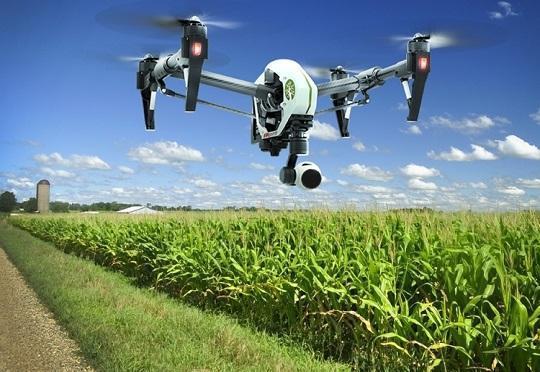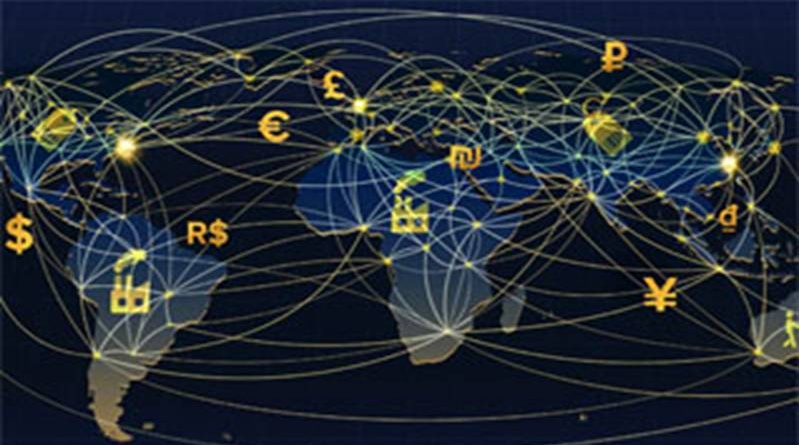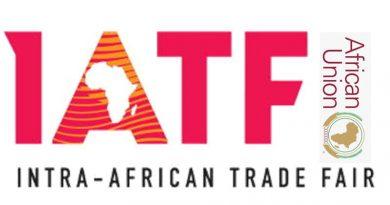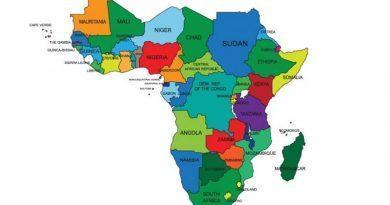Global digital agriculture market to reach $21b in 2025 – Research and Markets
The Global Digital Agriculture market is expected to grow at a compound annual growth rate of 10.26% over the forecast period to reach a market size of $20.713 billion in 2025 from $11.527 billion in 2019 according to the latest report by Research and Markets.

Digital Agriculture is known as the use of novel, advanced and innovative technologies, integrated into one specific system or software, to allow various stakeholders such as farmers, researchers, and others, that are working within the agriculture system or a value chain, to enhance their crop yield and food production.
According to the Food and Agriculture Organisation (FAO), By 2050, the global population will be around 9.1 Billion and developing countries will register significant growth in the rise of the overall population. Urbanization continues to surge at an exponential rate, and about 70% of the global population would live in urban areas by 2050. There will be a substantial rise in the overall income by 2050.
The importance of digital agriculture will continue to grow, as there will be a need to enhance food production and yields. Food production has to be increased by 70% from today. Annual cereal production should be around 3 billion tonnes and annual meat production has to be around 470 million tonnes, by 2050.
FAO Study stated that 90% of the growth in the production of food and crops, will come from substantial investments in technology, intensification, and a significant surge in cropping intensity. The responsibility of private and public sectors will continue to grow, as there will be huge pressure on these sectors, to meet the global demand. There is a need to preserve and secure natural resources, which cannot happen without the use of artificial intelligence and the internet of things.
According to the United Nations Global Impact Organisation, the market is expected to reach USD 15 Billion, by 2021. Around 80% of the companies, that were surveyed, expect growth in their revenue and overall competitive advantage, with the usage of digitalization in agriculture.




